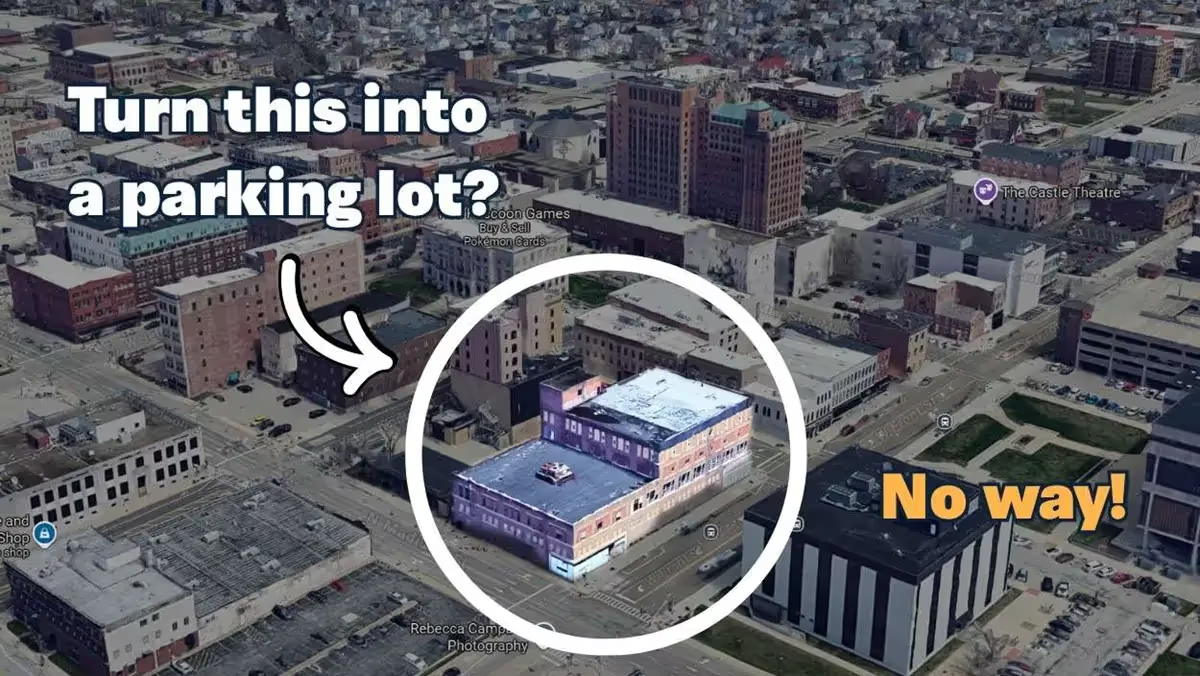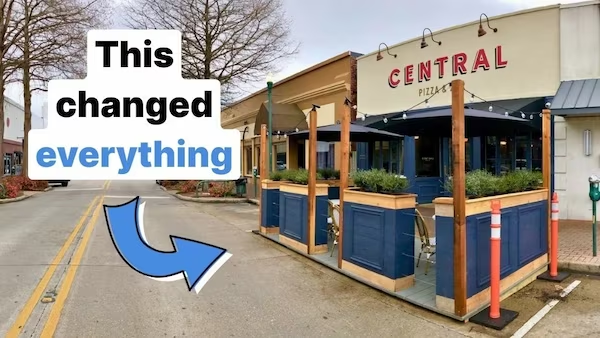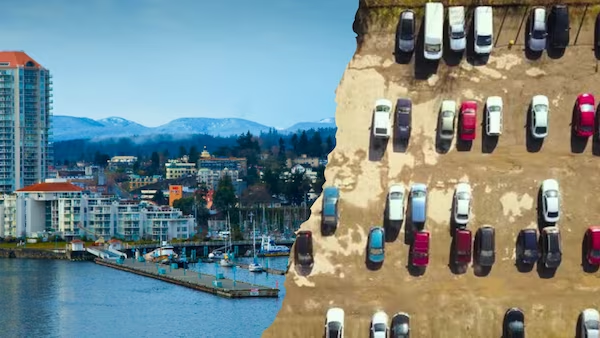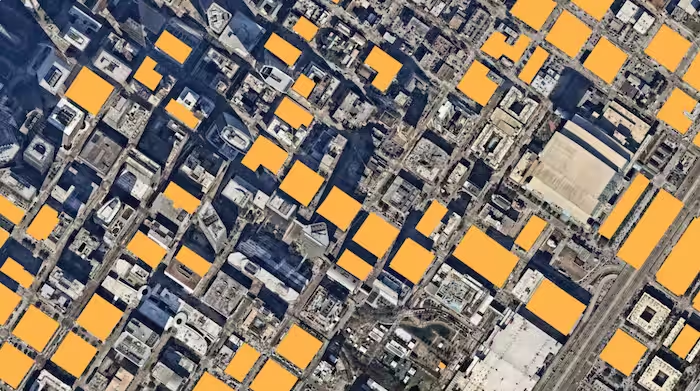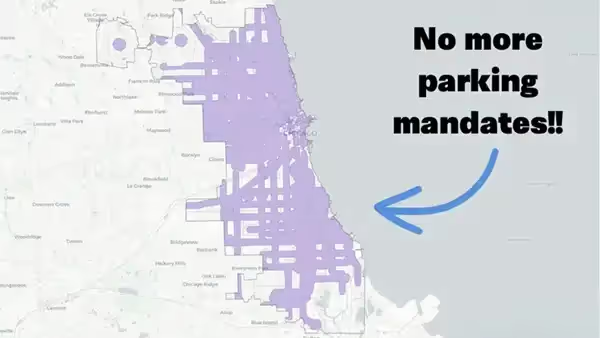Editor's Note: The challenges our cities face are growing, but so is the strength of this movement. Every story we share, every idea we spread, and every tool we build exists because people like you are committed to showing up. Your membership isn’t passive—it’s the momentum that makes change possible.
Redeveloping historic properties often raises difficult questions: Which buildings are worth saving? What happens when they can’t be saved? And how do we ensure that what comes next actually serves the community?
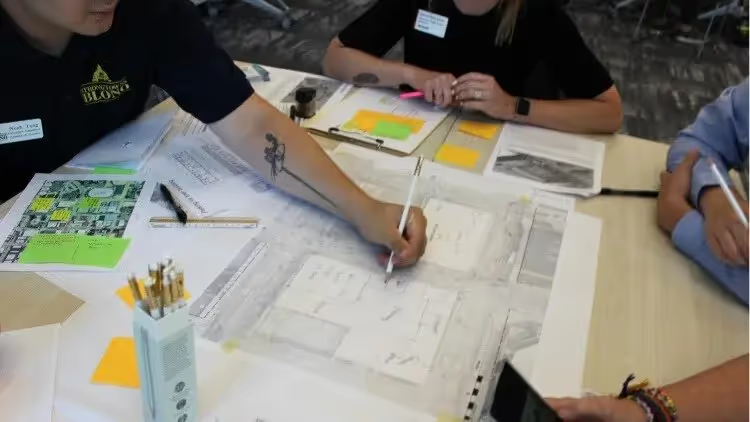
In Bloomington, Illinois, a citizen-led effort is helping answer those questions. In 2024, the city notified residents that three historic downtown buildings would be demolished due to long-term owner neglect. Bloomington’s Historic Preservation Commission originally opposed the demolition but eventually agreed that it was necessary due to the dangerous condition of the buildings.
While the loss of historic buildings is a blow, this gives the city an opportunity to revitalize long-vacant parts of its downtown. The city’s Local Conversation, Strong Towns Blono, is working to ensure that these buildings are not just replaced by a parking lot, as city officials proposed, but by something that adds lasting value to the neighborhood.
The group hosted a design charette (a group brainstorming session) earlier this month. Participants first gathered for a visioning session, where they toured the building sites and identified some priorities for future designs. These priorities included local ownership, mixed uses, and financial productivity — all things that would help revitalize the downtown and make the city more financially secure.
A week later, on July 9, they held the charette proper. Sixteen volunteers worked together in three teams to brainstorm redevelopment ideas. Each team was assigned a level of design intensity, so city officials could visualize all of their options. (Design intensity refers to the scale and compactness of a development project. For instance, a low-intensity design might be one single-story business, while a high-intensity design might be a mixed-use building with many small shops on the ground floor.) Several urban planners, engineers, and city staff members also attended the charette.
The process was collaborative and iterative. Participants shared individual ideas, which were then synthesized into shared group plans. Those concepts were reviewed by professional planners, engineers, and economic development experts. Finally, each group presented its proposal for peer critique. This process helped refine the designs while keeping them grounded in both community values and real-world constraints. Strong Towns Blono will present a packet of finalized designs to the city in the next few months.
This redevelopment process is a model that any community can learn from. When residents help shape development, they bring ideas, context, and energy that top-down processes often miss. And they help ensure that the places cities build next reflect the people who already call them home.

